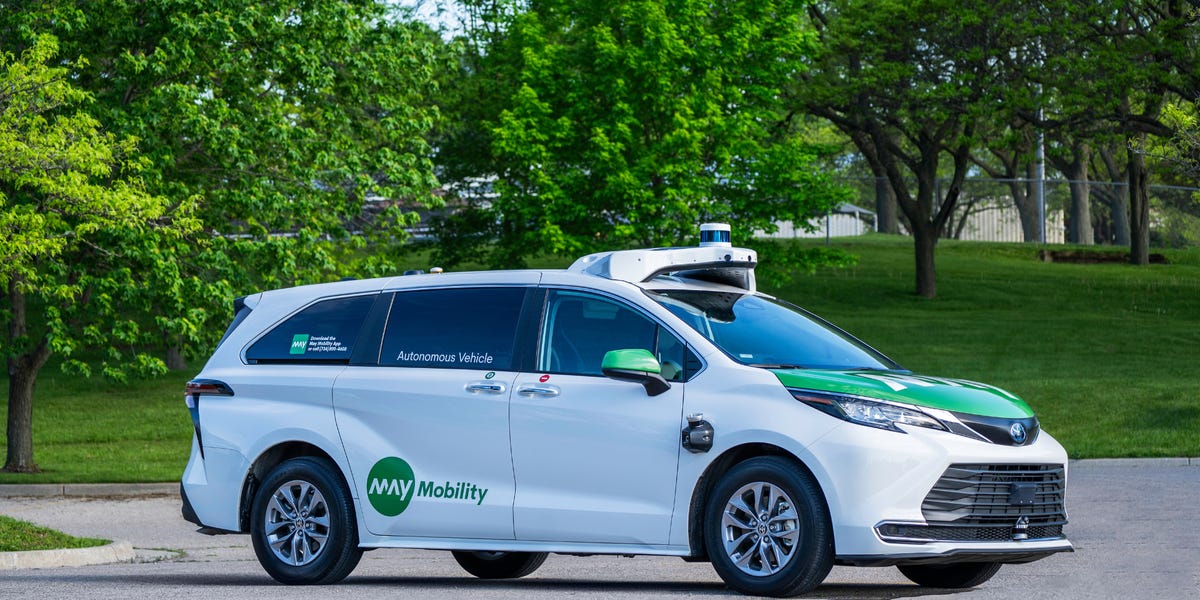The Robotaxi Dilemma: How One Visionary Plans to Slash Costs and Revolutionize Autonomous Transit

In a surprising shift within the autonomous vehicle industry, major automakers Ford and General Motors are stepping back from their ambitious robotaxi dreams, citing significant financial challenges. This revelation comes directly from the CEO of May Mobility, who recently shared insights into the complex landscape of self-driving technology.
The retreat of these automotive giants highlights the mounting economic hurdles facing autonomous vehicle development. Despite years of substantial investment and technological innovation, the path to profitable robotaxi services remains steep and uncertain. Ford and GM's decision underscores the immense financial risks associated with bringing fully autonomous vehicles to market.
May Mobility's leadership suggests that the current economic climate and the substantial costs of developing reliable self-driving technology have forced these automakers to reconsider their strategies. The robotaxi vision, once seen as a revolutionary transportation solution, is now being viewed through a more pragmatic and financially conservative lens.
This strategic pullback signals a potential reset in the autonomous vehicle sector, challenging previous optimistic projections about the speed and ease of widespread autonomous transportation adoption. As the industry continues to evolve, companies are increasingly prioritizing financial sustainability over speculative technological ventures.

